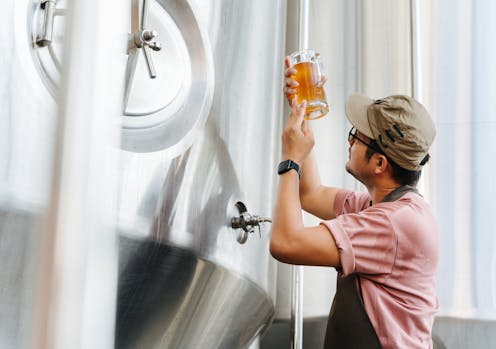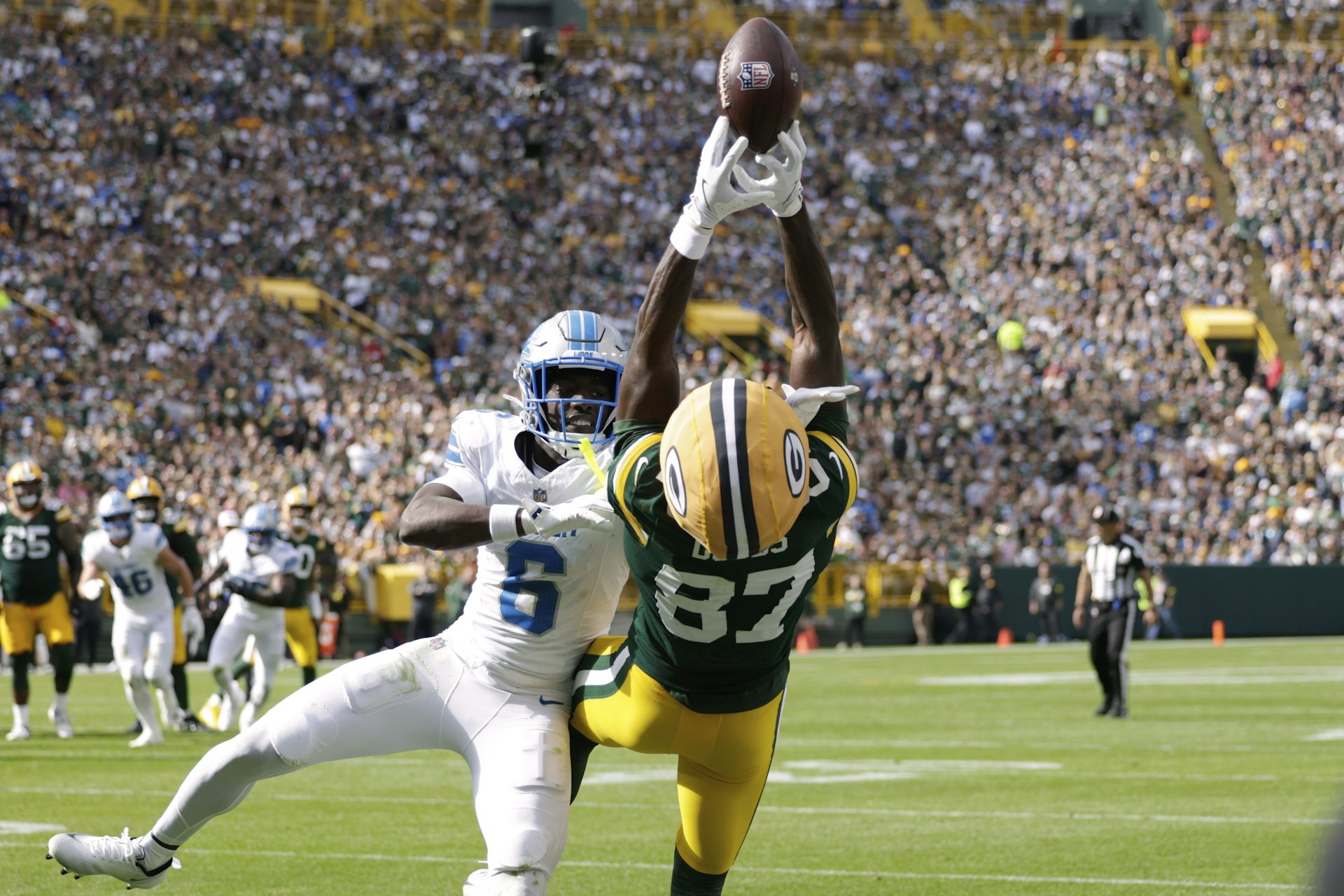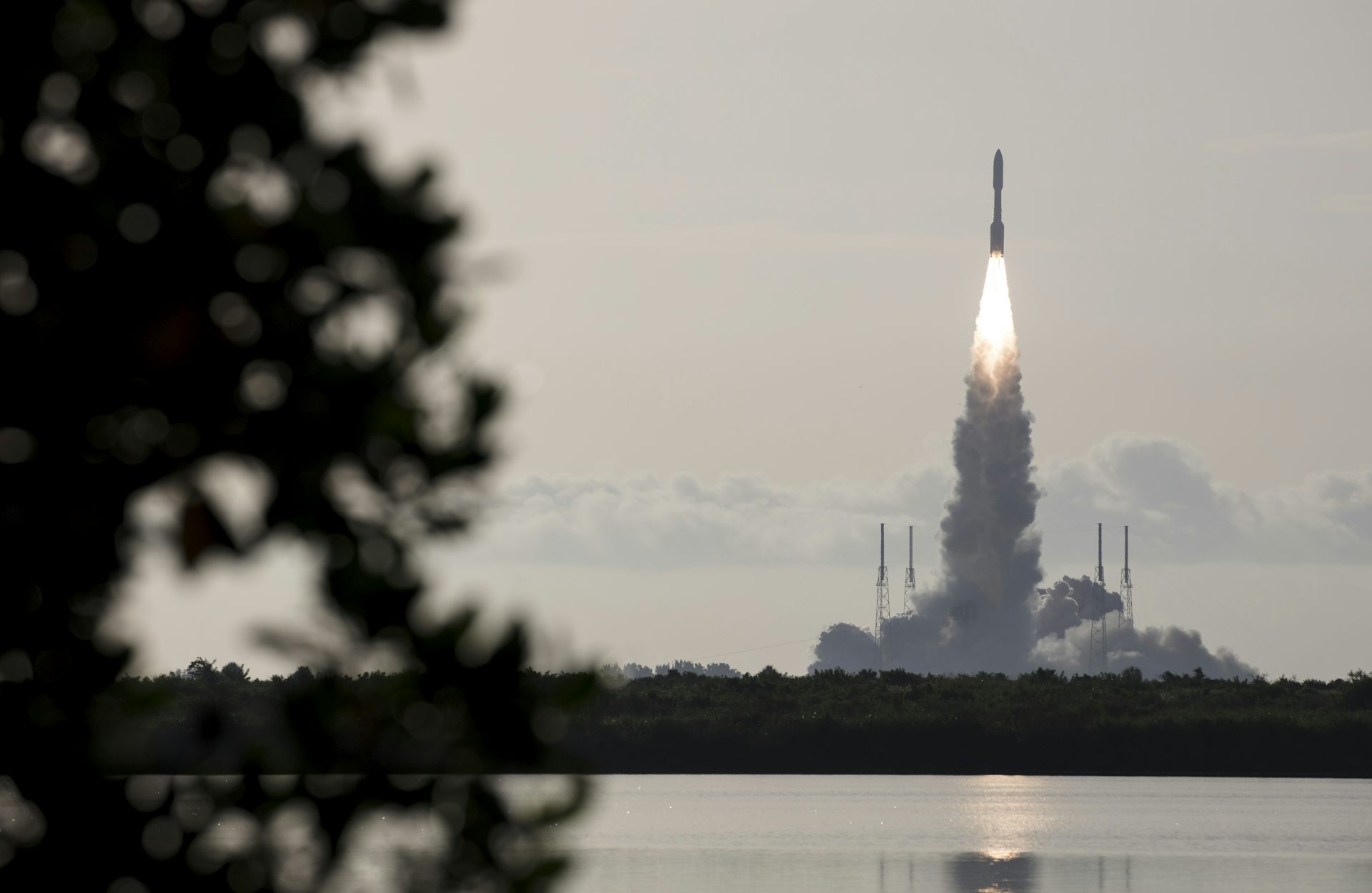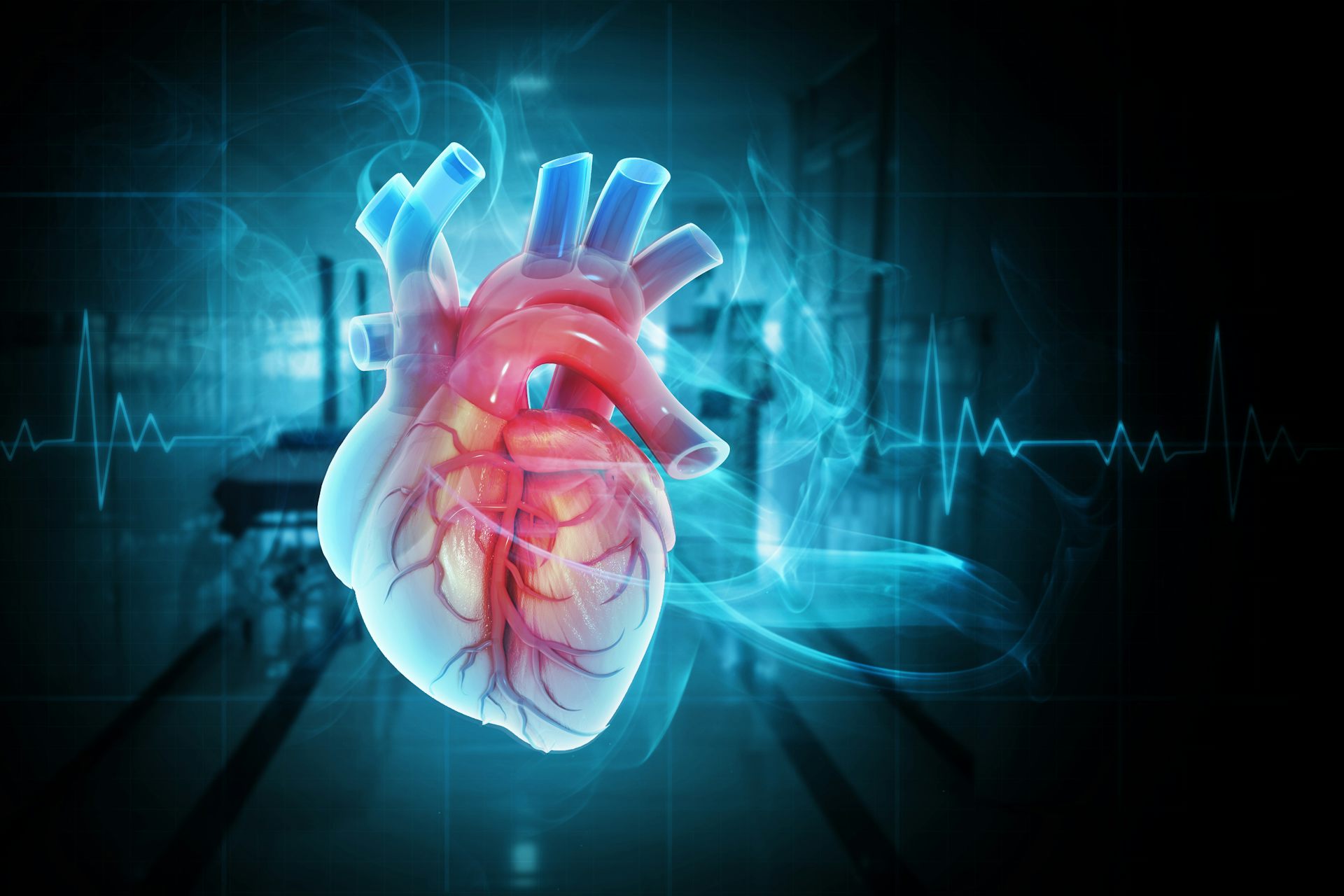Nonalcoholic beer: New techniques craft flavorful brews without the buzz
Nonalcoholic beer may sound like an oxymoron, but newer techniques are producing tasty, high-quality options in this growing beverage category.

The holiday season for me includes socializing over drinks with friends and family. But all the celebrating tends to catch up with my waistline, and by New Year’s Day, it’s time to get back in shape. Besides vowing to hit the gym more, my approach involves a “Dry January.” But as someone who teaches brewing science, spends a lot of time around breweries and bars, and thoroughly loves beer, abstaining is no easy task.
Thankfully, I can still enjoy beer while cutting back on my alcohol intake and calories by switching to nonalcoholic beers.
To some people, nonalcoholic beer sounds like an oxymoron, but newer techniques are producing tasty, high-quality options in this growing beverage category.
A nonalcoholic beer is usually a malt beverage that is more than 0.0% and less than 0.5% alcohol by volume (ABV). Producing a beer this low in alcohol requires the brewer to use practices and equipment uncommon to the general brewing process and to consider additional food safety precautions.
Brewing regular beer
Regular beer has four main ingredients: malted barley, hops, yeast and water.
When brewing beer, brewers extract sugars from malted barley – barley grains that have been partially germinated and then dried to make available the starches in the grain and enzymes that break them down. The malted barley then goes into the mash. That’s where the enzymes in the grain wake up and get to work breaking down the starches into smaller sugars. This step results in a sweet wort.
The brewer then boils the sweet wort and adds hops to provide bitterness, aroma and flavors. The hopped wort is then cooled and transferred to fermentation vessels where the brewer adds yeast. The yeast breaks down the sugars in the wort, releasing carbon dioxide and ethanol. Ethanol is the alcohol that makes beer “alcoholic.”
At this point we have beer. Beer’s alcohol by volume ranges from 3% to 13%, with most styles falling between 4% and 7%.
The challenge of removing alcohol
Some of the more traditional approaches to making nonalcoholic beer are skipping the fermentation step or diluting a regular beer. These techniques can produce beers that are too sweet or one-note, lacking in flavor characters that come from fermentation. Advances in two alternative techniques – controlled fermentation and de-alcholization – have led to improved nonalcoholic beer quality.
Controlling fermentation involves using either low temperatures to limit yeast activity, strains of yeast that are unable to break down certain sugars, or wort that is less fermentable. Remember, it’s the living yeast cells that add alcohol to the mix as they digest sugars in the wort. By keeping yeast from doing its thing, brewers prevent the typical amount of alcohol from getting into the beer in the first place.
Alternatively, there are a few common techniques to de-alcoholize regular-strength beer.
Both steam distillation and vacuum distillation separate out the ethanol by heating the beer. Alcohol has a lower boiling point than water, so it gets removed as steam while the water portion of the beer is left behind. One problem with steam distillation is that it also takes out volatile aroma molecules and give the beer a cooked flavor. Vacuum distillation, however, significantly lowers the temperature needed to evaporate ethanol. The gentler temperatures help the nonalcoholic beer retain aroma and minimize the impacts on flavor.
Membrane filtration usually relies on reverse osmosis. This process uses filters with small pores that allow alcohol and water molecules to pass through, but not the larger molecules – like sugars, hops acids and oils, and proteins – that provide flavor, aroma and body in the beer. Rather than the liquid flowing through the membrane head-on, reverse osmosis uses cross-flow filtration. The liquids flow parallel to the filter surface.
The brewer establishes a pressure differential so the side where the beer starts is at higher pressure than the other side of the filter. This pressure pushes the alcohol and water molecules through the membrane pores. The filtration process results in two liquid streams being collected: a concentrated syrupy beer liquid and an alcohol-water mix. The final step is adding water back to the beer concentrate.
Of the de-alcoholization options, most beer lovers agree that vacuum distillation and reverse osmosis produce the best results.
Challenges for brewing nonalcoholic beer
These techniques often require additional brewing equipment that can be cost prohibitive to many smaller craft breweries.
One significant downside associated with the production of nonalcoholic beer is that removal of alcohol creates a product that is not as shelf-stable. Alcohol normally acts as a preservative – without it, the beer can be vulnerable to contamination by microbes that are dangerous or spoil the beer. Because some of the common methods to produce nonalcoholic beers can use less hops, produce beer with more sugars and increase pH, the resulting product can be even more susceptible to bacterial growth.
Brewers need to take additional steps such as pasteurization, sterile filtration or the addition of preservatives to make nonalcoholic beer safe.
Nonalcoholic beer is a growth market
Regardless of the challenges and costs to produce safe nonalcoholic beer, the market is growing steadily. While nonalcoholic sales in the U.S. are comparatively small, currently representing around 2% of total sales, they experienced 31% average growth over the past four years even as other alcoholic beverage market segments languished. In other global markets, nonalcoholic sales have performed even better.
A few factors explain greater interest in nonalcoholic beers.
First, there’s been a steady decline in alcohol consumption among younger generations, along with a trend toward adopting more healthy lifestyles.
Second, nonalcoholic products have been successfully marketed not only to nondrinkers but to regular beer consumers. Regular beer drinkers who enjoy the taste of beer and not the intoxicating aspect, like me, can guiltlessly enjoy a nonalcoholic beer, even during the workday. Marketing campaigns have also focused on nonalcoholic beer being a lower calorie alternative since it doesn’t contain calorie-dense alcohol.
It also doesn’t hurt that the quality of nonalcoholic beer has significantly improved since its early days. Nonalcoholic today is not the watery, overly sweet or one-note product that it was in the past. Many recent technological advances in production help nonalcoholic beer maintain fermentation characteristics derived from the malts, hops and yeast, thus providing a more balanced and pleasant product that tastes like “real” beer.
Clark Danderson is a member of the Brewers Association.
Read These Next
Drones, physics and rats: Studies show how the people of Rapa Nui made and moved the giant statues –
The mysteries of Easter Island, subjects of speculation for centuries, yield to scientific inquiry.
George Plimpton’s 1966 nonfiction classic ‘Paper Lion’ revealed the bruising truths of Detroit Lions
George Plimpton, then a 36-year-old literary editor, endured the brutal realities of a professional…
AI is making spacecraft propulsion more efficient – and could even lead to nuclear-powered rockets
A subset of AI called reinforcement learning is helping scientists improve nuclear fuel technology,…






